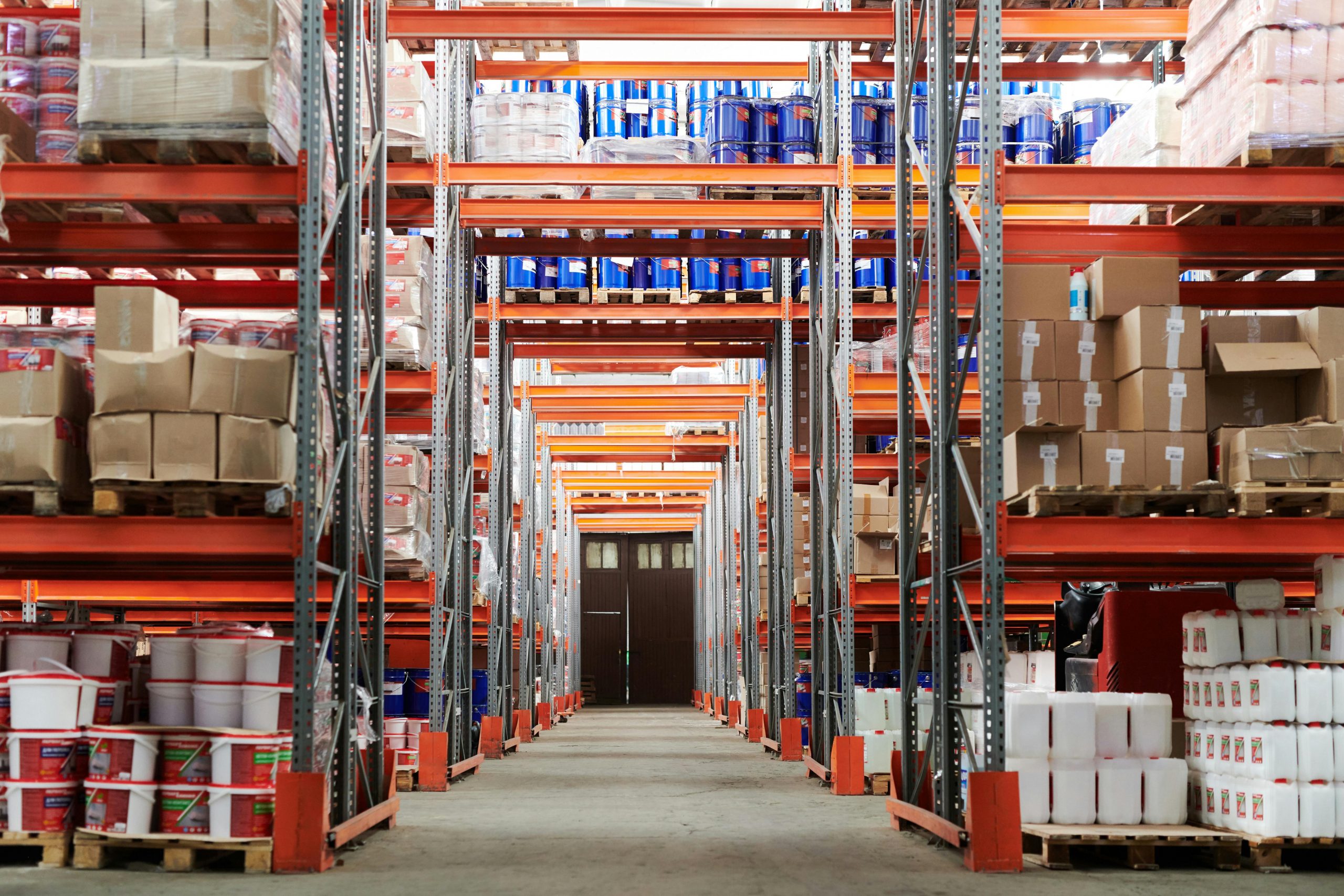- Successful warehouse operations rely on the synergy of technology, equipment, and well-trained staff.
- Strategic layout planning and designated zones enhance warehouse operations’ efficiency, safety, and workflow.
- Regular maintenance and prompt equipment repairs are crucial for operational effectiveness and safety.
- Holistic approaches to operational efficiency can significantly boost productivity and create a safer working environment.
- Effective record-keeping of maintenance and repairs informs future operational decisions and identifies performance trends.
Efficiency is the heartbeat of any successful business. Still, it is much more in warehouse operations—a core component that can mean the difference between profitability and unnecessary waste. In this comprehensive exploration, we will highlight the vital equipment that business owners and warehouse managers need to consider to boost efficiency and ensure the well-being of their teams.
The Core Components of Warehouse Efficiency

A well-organized warehouse is the foundation of productive operations. The efficiency of a warehouse hinges on a few core components, chiefly the layout, the technology used, and the equipment employed.
Shelving and Storage Solutions
Storage is where every warehouse begins. The right shelving and storage solutions can revolutionize space utilization and retrieval times.
- Choosing the Right Shelving: Various factors come into play when selecting shelving, from the types of goods being stored to the physical environment of the warehouse. Look for adjustable and versatile options that can adapt to changing inventory needs.
- Vertical Storage Systems: If you are pressed for floor space, consider vertical storage systems. They offer a significant increase in capacity without expanding the warehouse’s footprint.
- Efficient Picking Strategies: Organizing items based on popular picks and traffic flow can dramatically reduce picking times. Implementing a ‘golden zone’ approach ensures that frequently accessed items are closer to the shipping area.
Material Handling Equipment
Material handling equipment (MHE) forms the backbone of day-to-day operations. From moving to stacking, MHE is responsible for a myriad of tasks.
- Forklifts: Forklifts are a staple in most warehouses. They can handle large, heavy items and can reach high shelves, making them invaluable for their versatility.
- Pallet Jacks and Hand Trucks: Pallet jacks and hand trucks are appropriate for smaller, more maneuverable loads. They help maintain low-effort, high-productivity environments.
- Conveyor Systems: When dealing with high throughputs, conveyors offer an automated solution for moving items along a predetermined path, reducing the reliance on manual labor.
Packaging and Processing Equipment
The packaging segment of operations often represents the last critical touchpoint before goods reach their customers. Here, efficiency and safety intertwine.
- Automatic Guided Vehicles (AGVs): AGVs are becoming game-changers in cutting-edge warehouses. They help transport, pick, and even pack goods.
- Weighing and Measuring Devices: To ensure accuracy, integrating weight and dimension checks into the packaging process saves time and reduces errors.
- Stretch Wrappers and Strapping Machines: For a secure and efficient packaging end-game, systems like stretch wrappers and strapping machines automate bundling goods for transit.
Inventory Management Systems

Technological advancements have brought us to a point where almost every aspect of warehouse operation can be managed digitally.
- Barcode and RFID Systems: Scanning systems like barcodes and RFID tags help identify and track goods across the warehouse quickly and accurately.
- Cloud-Based Inventory Management Systems: Offering real-time data, cloud-based systems provide instant visibility into stock levels, allowing for more informed decision-making.
- AI and Analytics: Implementing artificial intelligence to predict inventory needs and analyze trends are the next steps in supercharging a warehouse’s efficiency.
Mobility Solutions in Warehouses
In a fast-paced warehouse environment, mobility on all levels is crucial. We’ll focus on how the right mobility solutions can transform operations.
The Role of Caster Wheels
Caster wheels may seem minor, but they play a significant role in warehouse mobility. Heavy-duty rubber caster wheels, for instance, offer the robustness required to move equipment smoothly and safely across varied surfaces.
The advantages of high-quality and heavy-duty rubber caster wheels are vast. They provide:
- Durability: They can withstand heavy loads and frequent use over extended periods.
- Floor Protection: Proprietary materials in these wheels ensure that the warehouse floor is shielded from damage.
- Noise Reduction: Smooth-rolling wheels contribute to a quieter work environment, reducing operational noise.
Implementing Efficiency: Beyond Equipment
Efficiency in a warehouse is not just about the tools you use; it’s about how you use them and the environment where they operate.
Training and Safety Programs
No equipment operates optimally without the correct training and practice. Implementing thorough training programs ensures staff members understand how to use equipment safely and effectively.
- Hands-On Practice: Incorporate hands-on training to simulate real-world scenarios, offering practical experience.
- Regular Skill Assessments: Periodic evaluations keep the team’s skills up-to-date and identify areas for improvement.
- Safety Protocols: Clearly outlined safety procedures ensure proper protocols are followed, preserving equipment and personnel.
Layout and Design Optimization
The physical layout of the warehouse impacts every action within its walls. An optimized design aims to minimize waste and maximize flow.
- Zoning: Dividing the warehouse into specific zones for storage, picking, packing, and shipping can create an organized, efficient system.
- Traffic Flow: Creating clear pathways and enforcing one-way traffic around heavily populated zones improves safety and operational speed.
- Ergonomics: Design workstations and areas to reduce strain and fatigue, slowing operations and leading to errors.
Maintenance and Upkeep
Regular maintenance is paramount to the equipment’s endurance and operations’ stability.
- Establishing Maintenance Schedules: Routine check-ups and servicing prevent breakdowns and extend the life of the equipment.
- Immediate Repairs: Promptly addressing any signs of wear or damage maintains a safe and effective working environment.
- Record-Keeping: Maintain detailed logs of maintenance, repairs, and equipment performance to inform future decisions and identify trends.
Conclusion
Streamlining warehouse operations is an intricate dance of equipment, technology, and human capital. The right gear, complemented by best practices in training, layout optimization, and maintenance, sets the stage for a flourishing enterprise. It is not enough to possess the tools; one must wield them wisely and ensure they function at their prime. By adopting a holistic approach to efficiency, warehouses can improve their productivity and create safer, more fulfilling work environments. After all, a well-oiled machine is both a metaphor and a reality.